Now that it is January, it’s time for all of the fun Winter units. This week, we are focusing on Penguins. I tried to incorporate a penguin theme across the subjects, and here are a couple of projects that we did this week.
I started out reading several penguin books to the children, followed by a video from discoveryeducation.com. Then we read our Scholastic Newspaper that we get each month.
After we read different materials, we discussed the different parts of a penguin. I labeled a photo and the children did a cut and paste activity of labeling the parts.
To prepare for our writing assignment, we brainstormed using the words: “can” and “are.” We used a graphic organizer, called a Tree Map, to organize what we learned about penguins.
The students used the Tree Map to construct their own sentence about penguins.
During free time we practiced our cut and paste skills to make penguins of our own. 🙂
I added our Tree Map to the bulletin board to show what we learned about penguins. Here is our finished product!
I try to post the standards and objective on each bulletin board so parents and administration can see what we are working on. Here is what is posted on this board:
Penguin Unit
Objective: We read several books and watched a short video clip on penguins. We learned about their different character traits, where they live, what they eat, and different ways they move. We made a list of all of the different “action words” that penguins do. Our “Tree Map” shows what we learned about penguins. This is a graphic organizer that our school is implementing in all of the classrooms, which helps organize information, and was later used to write our sentence about penguins. We labeled the parts of the penguin and studied from our Scholastic Newspaper. In this unit, the following standards were addressed:
Reading Comprehension:
2.1 Locate the title, author, and illustrator
Literary Response
3.2 Identify types of print materials (we used newspaper, books, and labels)
Writing Strategies
1.1 Use letters and phonetically spelled words to write about objects
1.4 Write uppercase and lowercase letters of the alphabet independently
Writing Conventions
1.2 Spell independently by using pre-phonetic knowledge, sounds of the alphabet, and knowledge of letter names
Life Science
2.1 Students know how to observe and describe different animals
2.3 Students know to identify or label common animals
Share This:
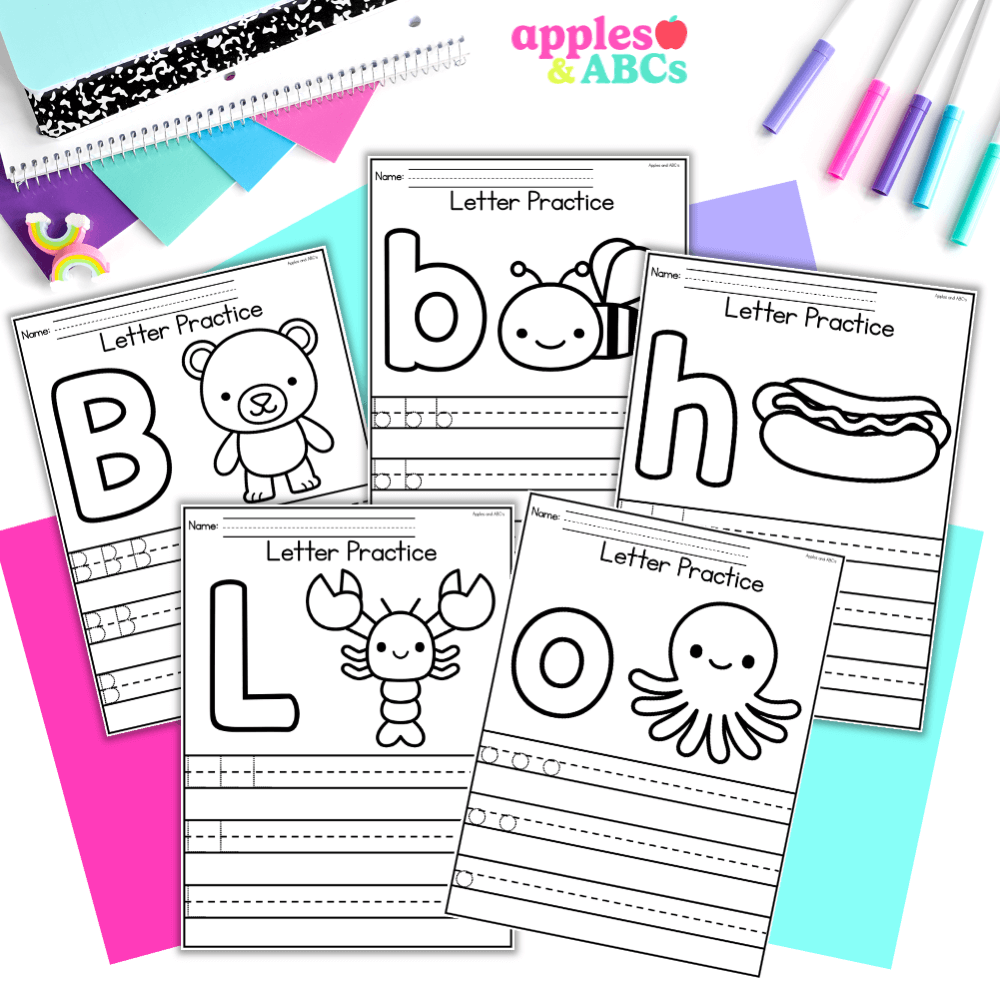
free Letter tracing activity A-Z upper and lower case
Practice letter formation with these independent, engaging, and zero-prep. printables! Use them for whole group, homework, small group, or for students that need extra practice with writing their letters.
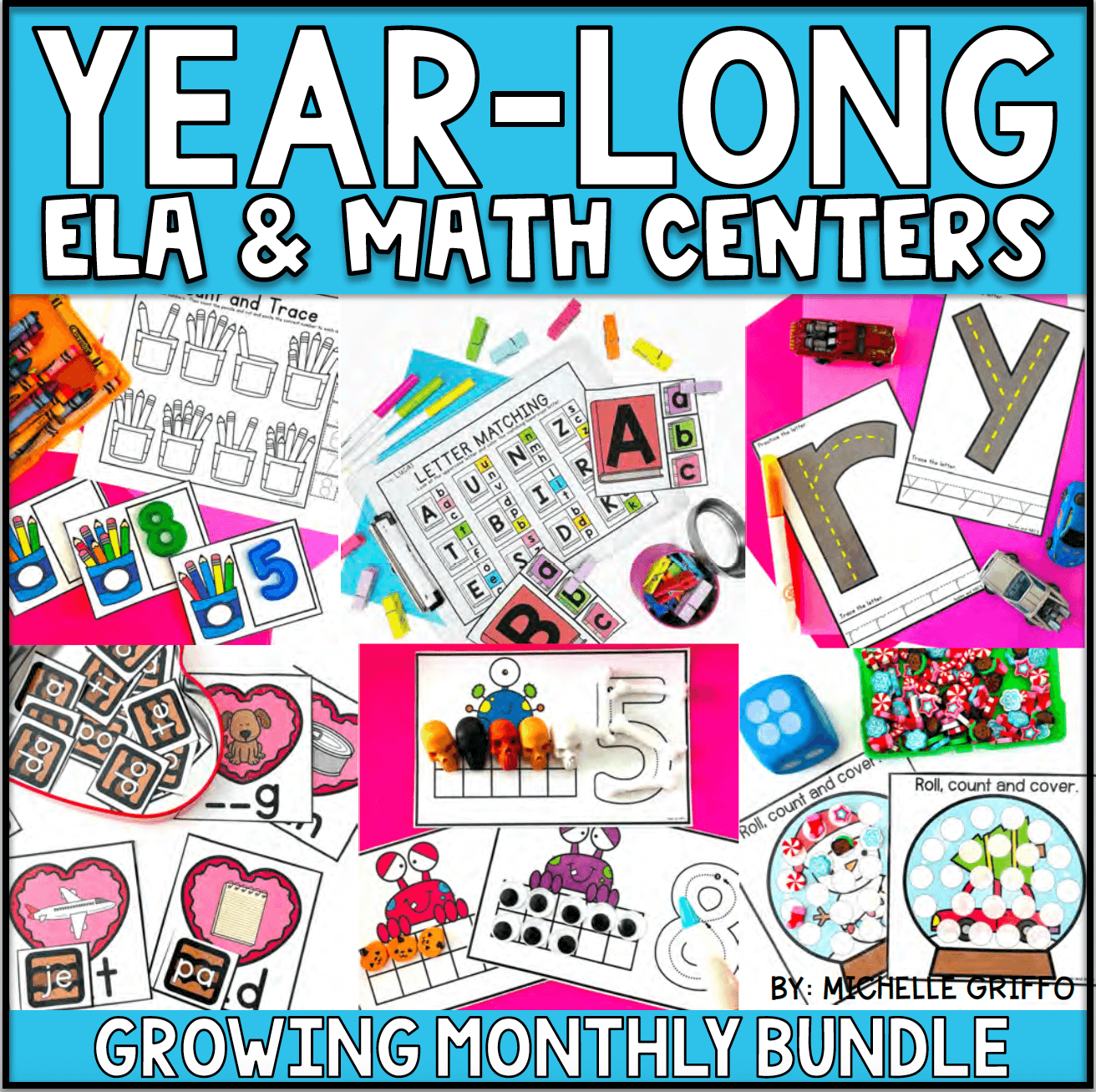
Center Bundle
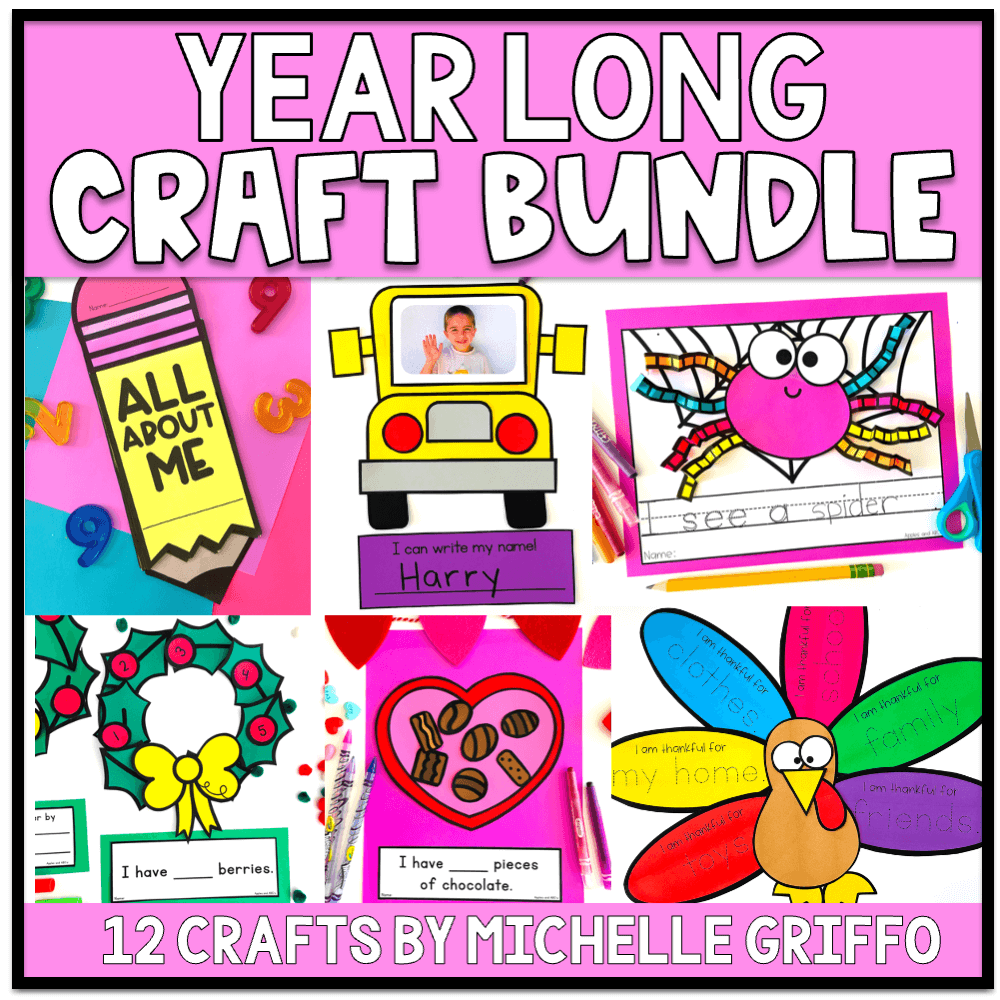
craft bundle
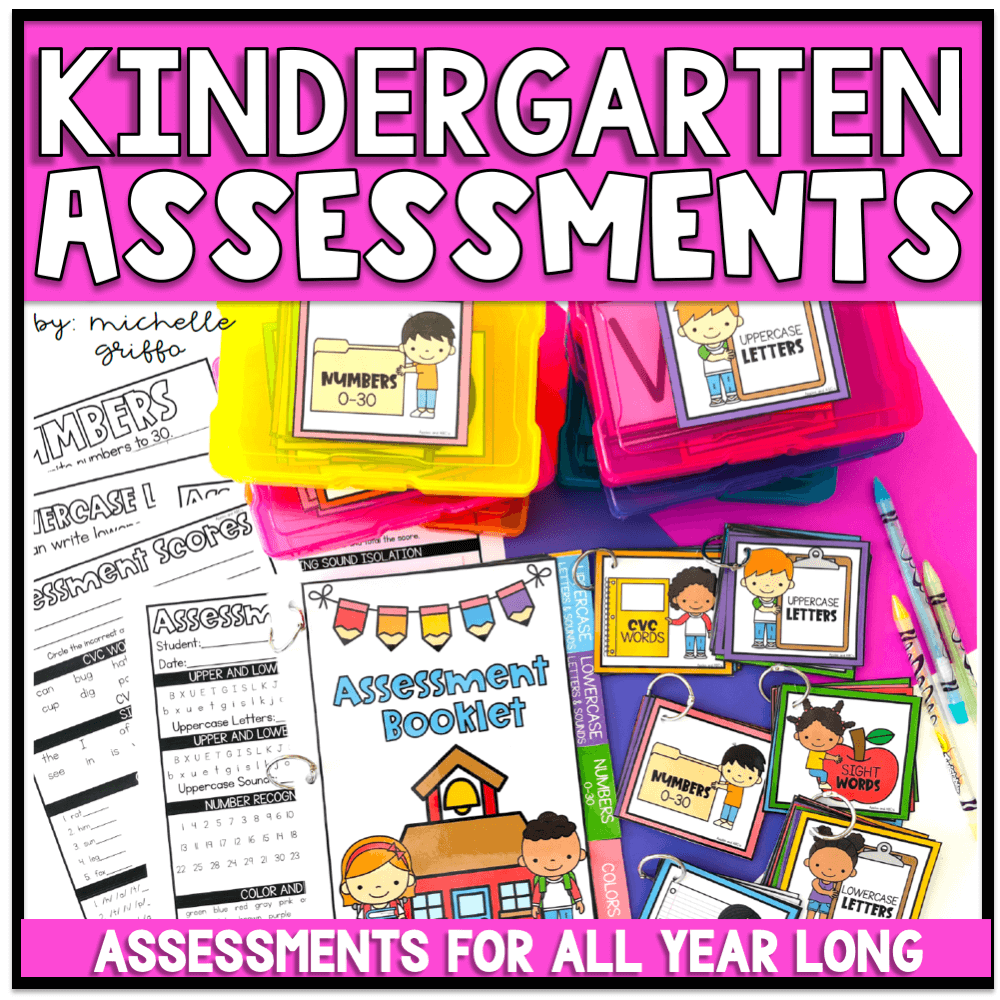
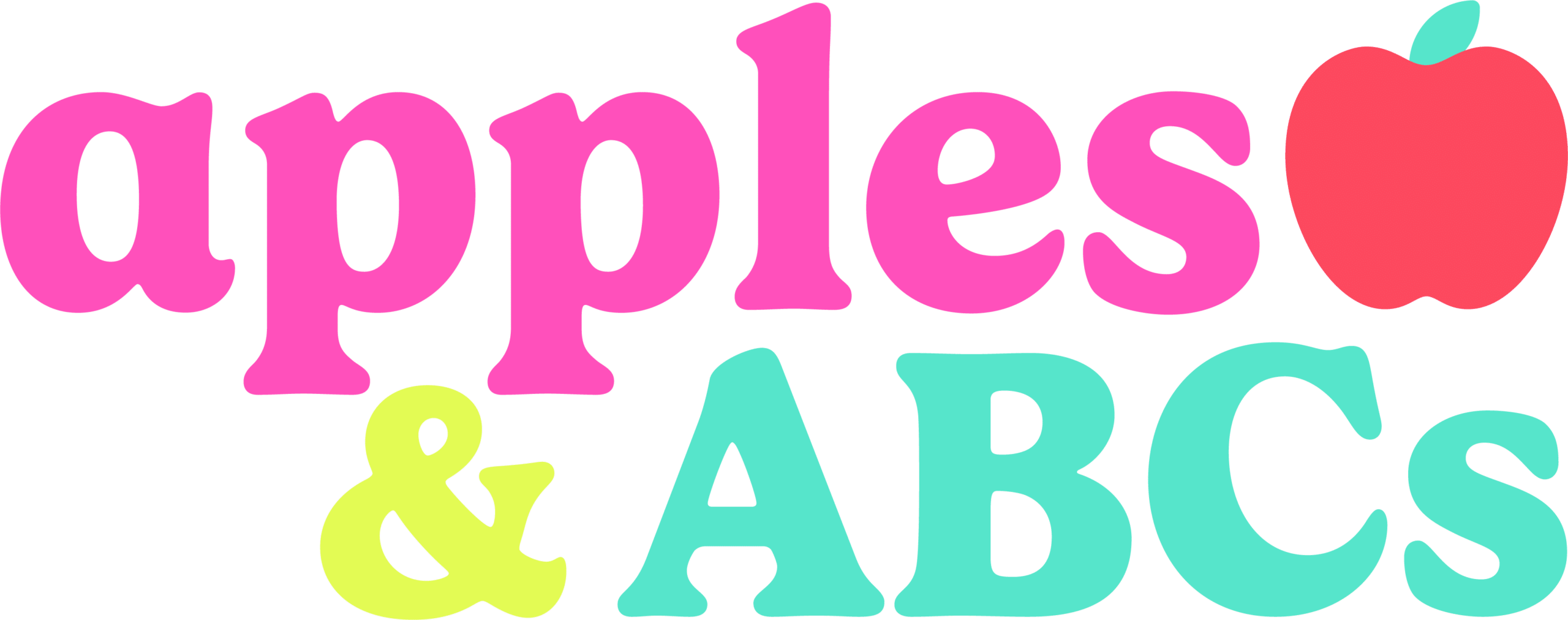


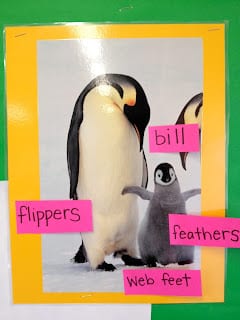



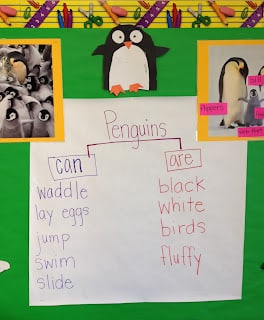


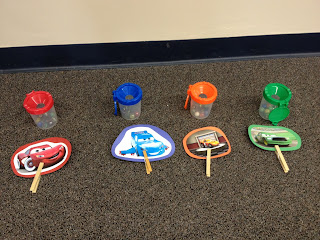


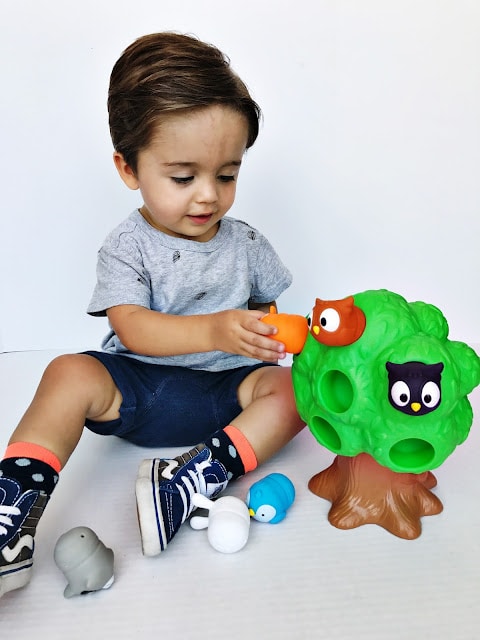




Leave a Reply